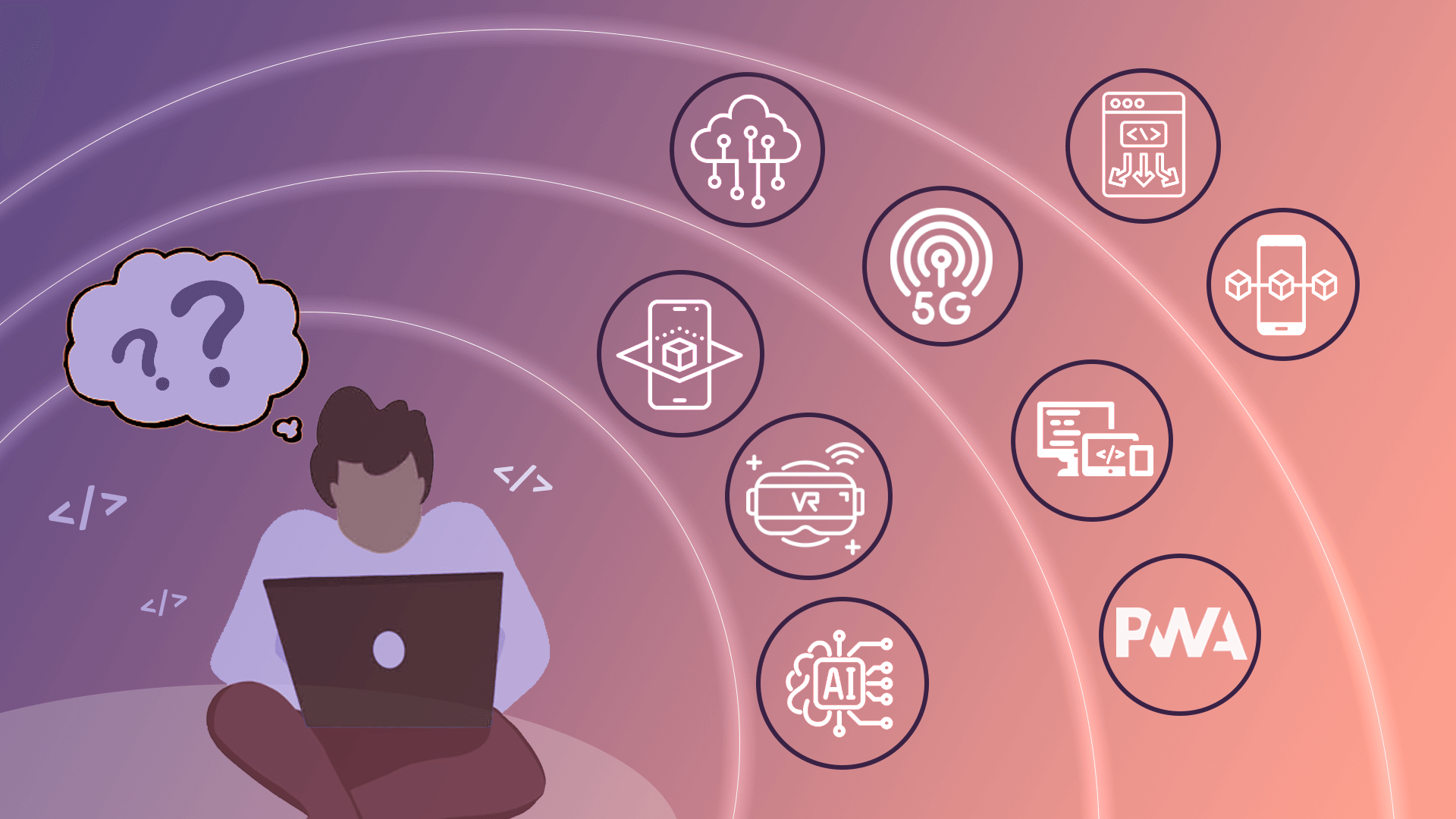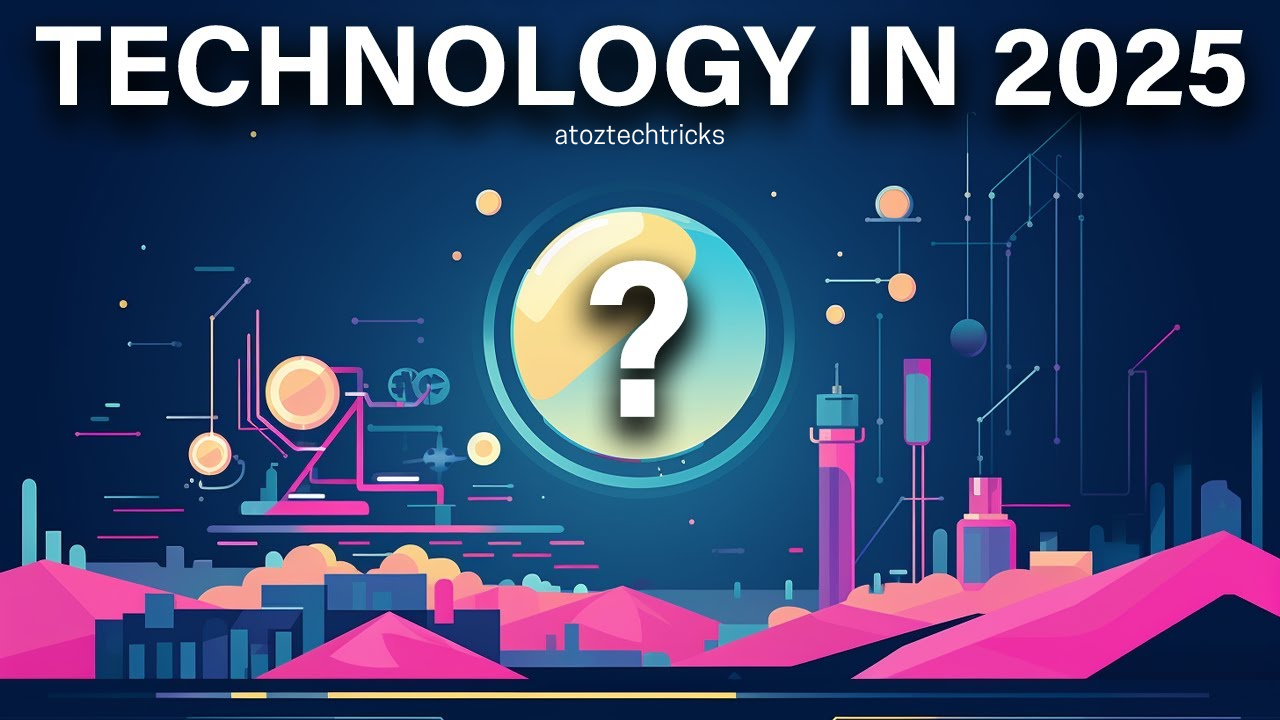In today’s fast-paced world, managing personal finances has become more sophisticated and technology-driven than ever before. Gadgets and digital tools have revolutionized the way individuals approach budgeting, saving, investing, and overall financial planning. From smartphone apps to smartwatches and financial management platforms, these innovations play a pivotal role in modern personal finance management. This article delves into the various ways gadgets are transforming personal finance, exploring their impact, advantages, and potential drawbacks.
The Evolution of Personal Finance Gadgets
Personal finance management has evolved significantly over the years. Traditionally, it involved meticulous record-keeping with pen and paper, or at best, rudimentary spreadsheets. The advent of personal computers brought software solutions that improved financial tracking and budgeting. Today, however, the rise of smartphones, tablets, and wearable technology has introduced a new era of financial management that is more accessible and integrated into our daily lives.
1. Smartphones and Financial Apps
1.1 Budgeting and Expense Tracking
Smartphones have become indispensable tools for managing personal finances. A plethora of financial apps are available, catering to various aspects of financial management. Apps like Mint, YNAB (You Need A Budget), and PocketGuard offer comprehensive budgeting solutions. These apps help users track their income and expenses in real time, categorize spending, and set financial goals. By connecting to bank accounts and credit cards, they provide a holistic view of one’s financial situation and highlight spending patterns.
1.2 Investment Management
Investing has also been democratized through mobile technology. Apps like Robinhood, Acorns, and Stash allow users to invest with ease, offering features such as automatic rebalancing, portfolio diversification, and even fractional shares. These platforms cater to both novice and experienced investors, providing educational resources and user-friendly interfaces that simplify the investment process.
1.3 Savings and Goal Setting
For those focused on savings, apps such as Digit and Qapital use algorithms to analyze spending patterns and automatically transfer small amounts of money into savings accounts. These apps employ behavioural economics principles to encourage saving by rounding up purchases to the nearest dollar or setting aside a percentage of income. Such features make saving less cumbersome and more integrated into daily financial habits.
2. Wearable Technology
2.1 Integration with Financial Apps
Wearable technology, such as smartwatches and fitness trackers, has also made its mark on personal finance. Devices like the Apple Watch and Fitbit can integrate with financial apps, providing users with instant updates on their spending and savings goals. For instance, users can receive notifications about their financial status directly on their wrist, making it easier to stay on top of financial tasks without having to constantly check their smartphones.
2.2 Contactless Payments
Another significant advantage of wearable technology is its role in contactless payments. Smartwatches and fitness bands equipped with NFC (Near Field Communication) technology allow users to make payments with a simple tap. This not only enhances convenience but also adds a layer of security, as transactions can be completed without exposing sensitive financial information.
3. Financial Management Platforms
3.1 Comprehensive Solutions
Beyond individual apps and devices, there are comprehensive financial management platforms that integrate multiple aspects of personal finance. Tools like Personal Capital and Quicken offer robust features for budgeting, investment tracking, retirement planning, and net worth assessment. These platforms provide a centralized location for managing finances, often incorporating features such as financial dashboards, retirement calculators, and tax planning tools.
3.2 Artificial Intelligence and Automation
Artificial intelligence (AI) and machine learning are increasingly being incorporated into financial management platforms. These technologies analyze user data to provide personalized financial advice, identify trends, and offer recommendations. For example, AI-driven robo-advisors like Betterment and Wealthfront create and manage investment portfolios based on individual risk tolerance and financial goals. Automation features, such as automatic bill payments and savings transfers, further streamline financial management by reducing manual intervention.
4. The Internet of Things (IoT) and Home Finance
4.1 Smart Home Integration
The Internet of Things (IoT) extends its reach to personal finance through smart home devices. Smart thermostats, lighting systems, and appliances can be programmed to optimize energy usage, potentially leading to cost savings on utility bills. By integrating these devices with financial management systems, users can track and analyze their spending on utilities and identify opportunities for savings.
4.2 Voice Assistants
Voice assistants like Amazon’s Alexa and Google Assistant also contribute to personal finance management. These devices can be programmed to track expenses, set reminders for bill payments, and provide updates on financial goals. For instance, users can ask their voice assistant about their account balances, recent transactions, or upcoming bills, making financial management more conversational and accessible.
5. Security and Privacy Considerations
5.1 Data Protection
While gadgets offer numerous advantages, they also raise concerns about data security and privacy. Financial apps and platforms handle sensitive information, including bank account details, investment portfolios, and personal identification. Ensuring that these tools employ robust encryption and adhere to best practices in data protection is crucial. Users should also be aware of the permissions they grant to apps and devices and regularly review privacy settings.
5.2 Fraud and Cybersecurity Risks
The proliferation of financial technology increases the risk of cyberattacks and fraud. Users must be vigilant about potential phishing scams, malware, and other security threats. Employing multi-factor authentication, using strong passwords, and keeping software up to date are essential steps in safeguarding financial information.
Best Gadgets for Students: Tools to Enhance Learning and Productivity
6. The Impact on Financial Literacy
6.1 Accessibility to Information
Gadgets and digital tools have made financial information more accessible than ever before. Educational resources, such as articles, videos, and interactive tools, are readily available through financial apps and platforms. This accessibility can enhance financial literacy by providing users with the knowledge and resources needed to make informed financial decisions.
6.2 Encouraging Financial Responsibility
By offering features such as budgeting tools, savings goals, and investment tracking, financial gadgets encourage users to take a more proactive approach to their finances. Gamification elements, such as rewards for meeting savings goals or achieving budget milestones, can further motivate users to stay engaged with their financial management.
7. Challenges and Limitations
7.1 Over-Reliance on Technology
One potential drawback of relying heavily on financial gadgets is the risk of becoming over-reliant on technology. While these tools offer convenience and efficiency, they cannot replace fundamental financial principles and personal judgment. Users should strike a balance between utilizing technology and maintaining a basic understanding of financial concepts.
7.2 Accessibility and Inclusivity
Not everyone has equal access to the latest gadgets and technology. Financial management tools can be expensive or require advanced devices, potentially excluding some individuals from their benefits. Efforts should be made to ensure that financial technology is accessible and inclusive, catering to diverse needs and financial situations.
8. Future Trends and Developments

8.1 Integration of Blockchain Technology
Blockchain technology, known for its role in cryptocurrency, is likely to influence personal finance management in the future. Blockchain offers secure and transparent transaction processing, which could enhance financial record-keeping and reduce fraud. The integration of blockchain with personal finance tools could lead to innovations in financial security and transparency.
8.2 Expansion of AI and Machine Learning
As AI and machine learning continue to advance, their impact on personal finance management will likely grow. Future developments may include even more sophisticated financial planning tools, predictive analytics for investment opportunities, and enhanced personalization of financial advice. These technologies will further streamline financial management and provide users with more accurate and tailored recommendations.
The Pros and Cons of Smart Glasses: Are They Ready for Prime Time?
Gadgets and digital tools have undeniably transformed personal finance management, offering unprecedented convenience, accessibility, and efficiency. From smartphones and financial apps to wearable technology and comprehensive financial platforms, these innovations have empowered individuals to take greater control of their financial well-being. While challenges related to security, privacy, and accessibility remain, the continued evolution of financial technology promises to enhance personal finance management further. As we navigate this ever-changing landscape, it is essential to remain informed and balanced, leveraging technology to complement our financial knowledge and decision-making abilities.




